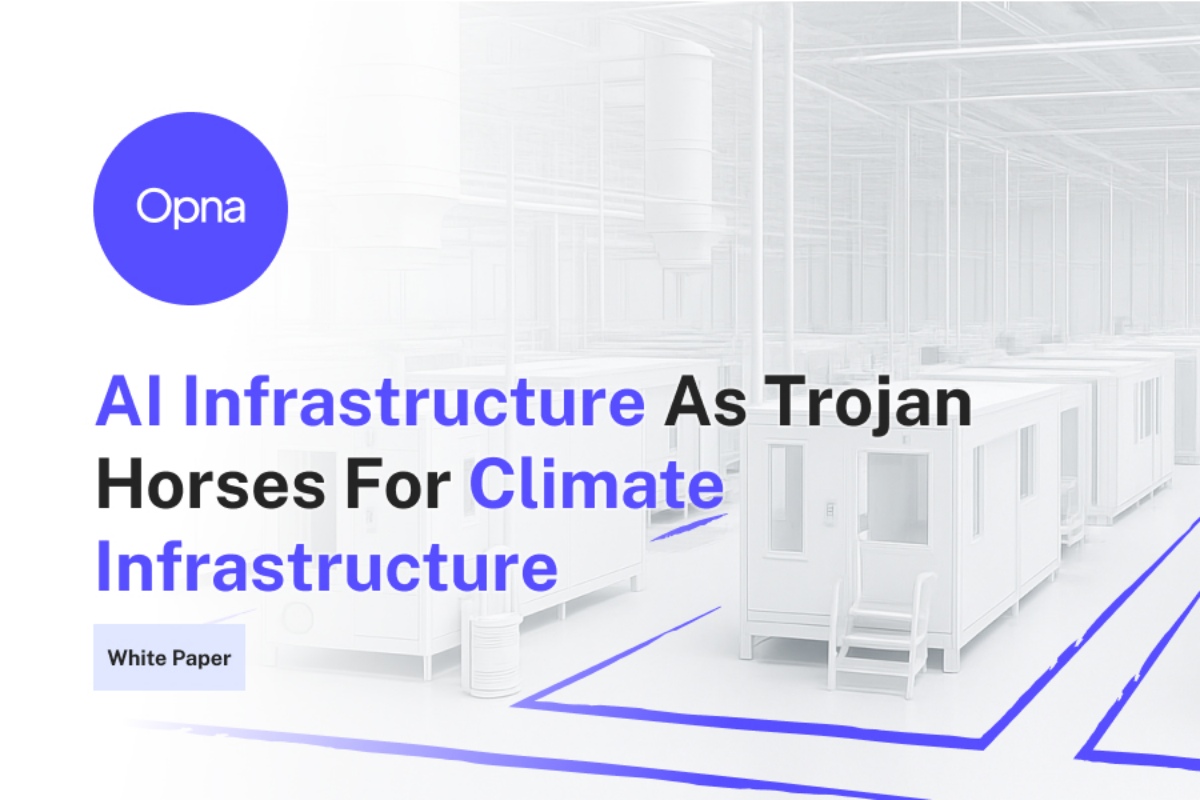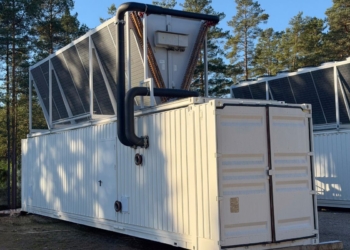AI infrastructure as Trojan horses for climate infrastructure
Author: Joe Peck

Data centres are getting bigger, denser, and more power-hungry than ever before. The rapid rise of artificial intelligence (AI) is accelerating this expansion, driving one of the largest capital build-outs of our time. Left unchecked, hyperscale growth could deepen strains on energy, water, and land – while concentrating economic benefits in just a few regions. But this trajectory isn’t inevitable.
In this whitepaper, Shilpika Gautam, CEO and founder of Opna, explores how shifting from training-centric hyperscale facilities to inference-first, modular, and distributed data centres can align AI’s growth with climate resilience and community prosperity.
The paper examines:
• How right-sized, locally integrated data centres can anchor clean energy projects and strengthen grids through flexible demand,
• Opportunities to embed circularity by reusing waste heat and water, and to drive demand for low-carbon materials and carbon removal, and
• The need for transparency, contextual siting, and community accountability to ensure measurable, lasting benefits.
Decentralised compute decentralises power. By embracing modular, inference-first design, AI infrastructure can become a force for both planetary sustainability and shared prosperity.
You can download the whitepaper for yourself by clicking this link.








